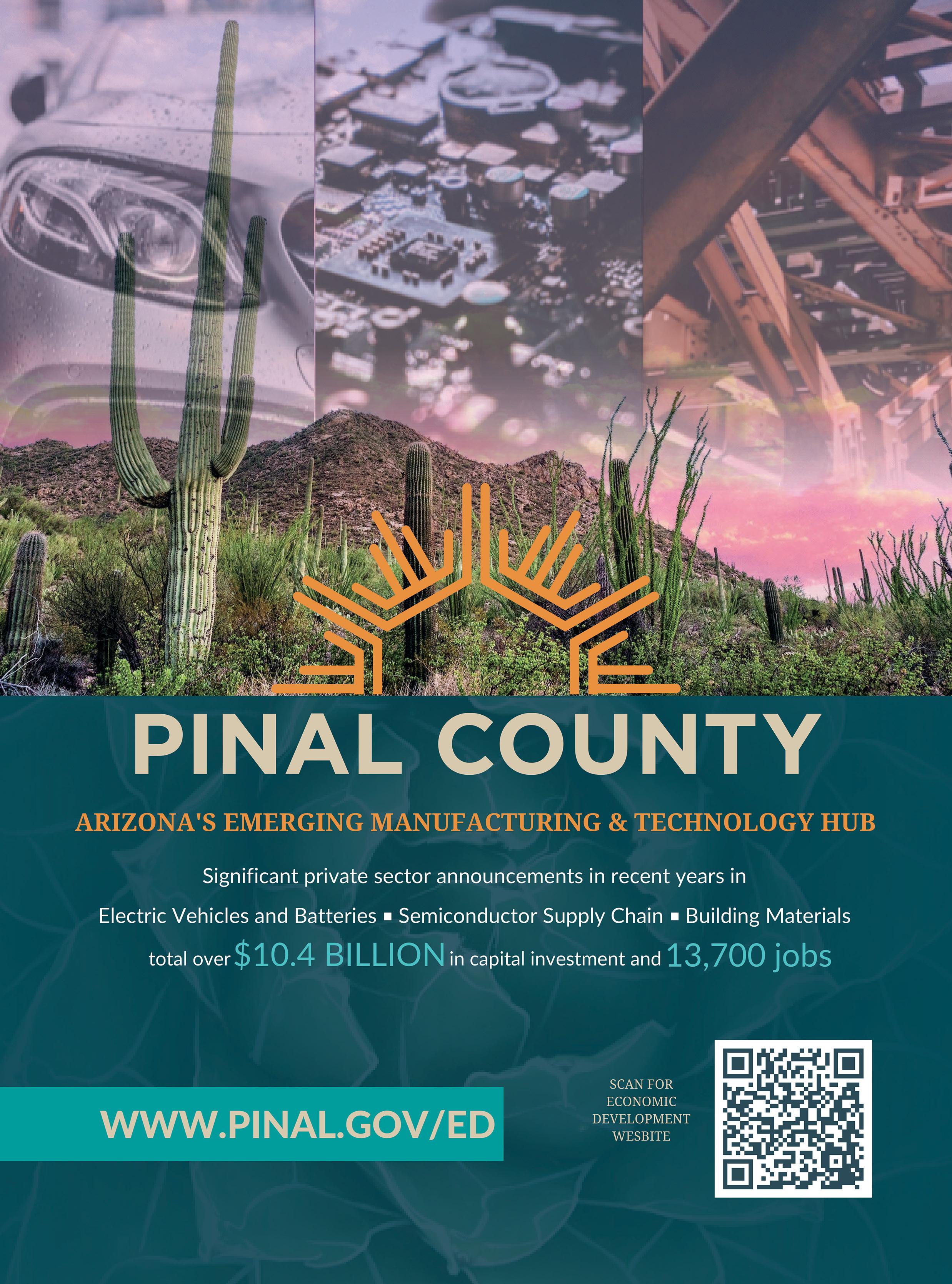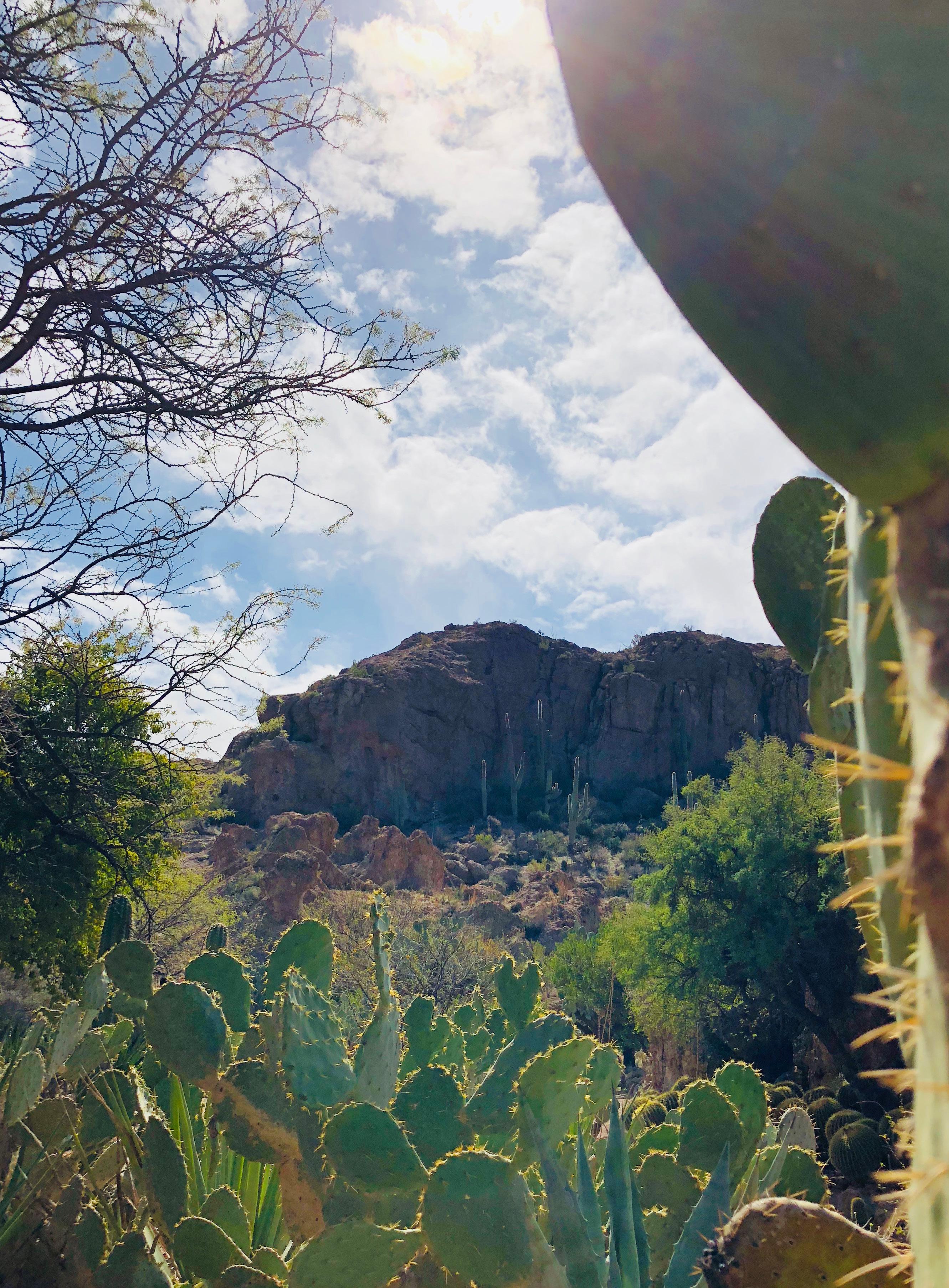

ERA OF EXPANSION
Communities across Pinal County are growing, reshaping the region

(Photo provided by the Arizona Office of Tourism.)

Arizona businesses are looking to the future. And we’re here to help. Together, we can bring new jobs and investments to the state. As part of our commitment to drive local economies, the APS Economic Development team has launched SizeUpArizona. This business intelligence tool provides small businesses and entrepreneurs with market research that typically only large corporations can afford. Visit SizeUpArizona.com to help you research costs, revenue, customers, location and market scenarios alongside similar businesses.
To help identify your competitive advantage and grow operations, visit SizeUpArizona.com


MINING TOMORROW’S COPPER WITH LESS WATER
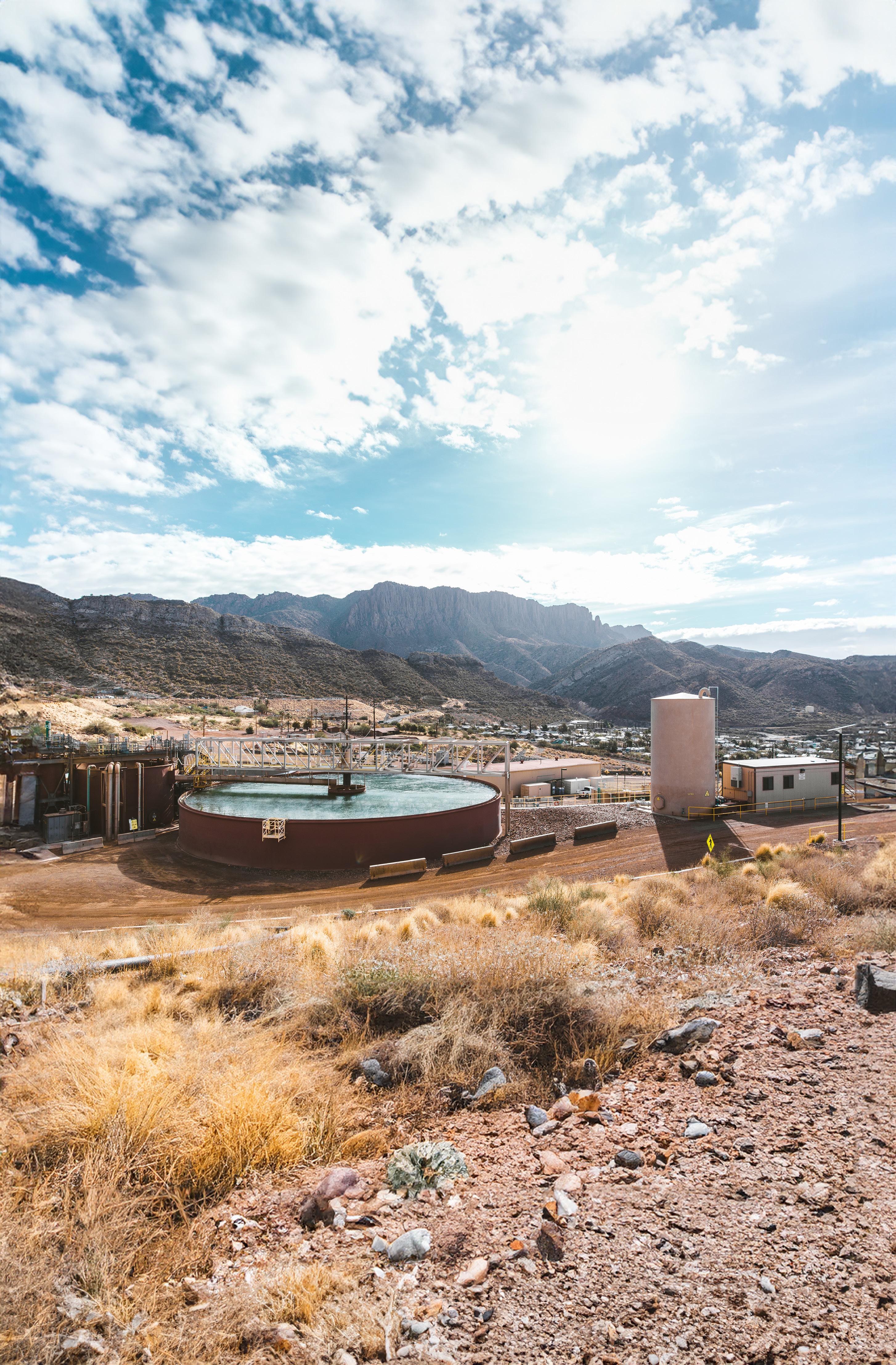
Using cutting-edge tech to recycle water & cut consumption
Transferring 5,400+ acres of water-critical land to federal conservation.
Continuously monitoring groundwater with Tribal members and local Community Working Group


































PINAL COUNTY DEVELOPMENT RISING REGION





































IBy LUX BUTLER
































































A holistic view of Pinal County’s climb

n recent years, Pinal County has established itself as one of Arizona’s most productive regions, welcoming a wave of new residents, businesses and major industrial investments while still honoring the region’s rural heritage. From the bustling corridors of Casa Grande and Queen Creek to the transformative projects reshaping Apache Junction and Superior, each community is shaping its own future.
















































Positioned as the bridge between Phoenix and Tucson, the county has a long history of agriculture, mining and small-town living, but now finds itself as a critical component of Arizona’s economic engine. Proximity to major transportation corridors, including Interstate 10, Interstate 8 and US-60 makes Pinal County well-suited to capture spillover growth from both Phoenix’s East Valley and Tucson’s suburbs. Prosperity does introduce new problems, and local leaders know that sustainable development requires investments in infrastructure, housing, workforce training and community amenities. This balancing act is happening in every corner of the county, and no two communities are approaching it in the same way.





































Strategic approach





















Located along Pinal County’s northern border, Apache Junction is best known as the gateway to the Superstition Mountains. In recent years, however, the city has emerged as the fourth fastest growing city in the Metro Phoenix area.











“There will be continual, steady growth as people watch Apache Junction,” says Bryant Powell, city manager of Apache Junction.























This steady growth is fueled by investments in essential infrastructure, which Powell sees as the backbone of the city’s future.










“We’re so excited to see the quality and the level of investment into our infrastructure that’s helping us grow,” Powell says. “Our water, sewer, roads and broadband in the city is elevating

















PINAL COUNTY DEVELOPMENT


























ENERGIZING DEVELOPMENT:



















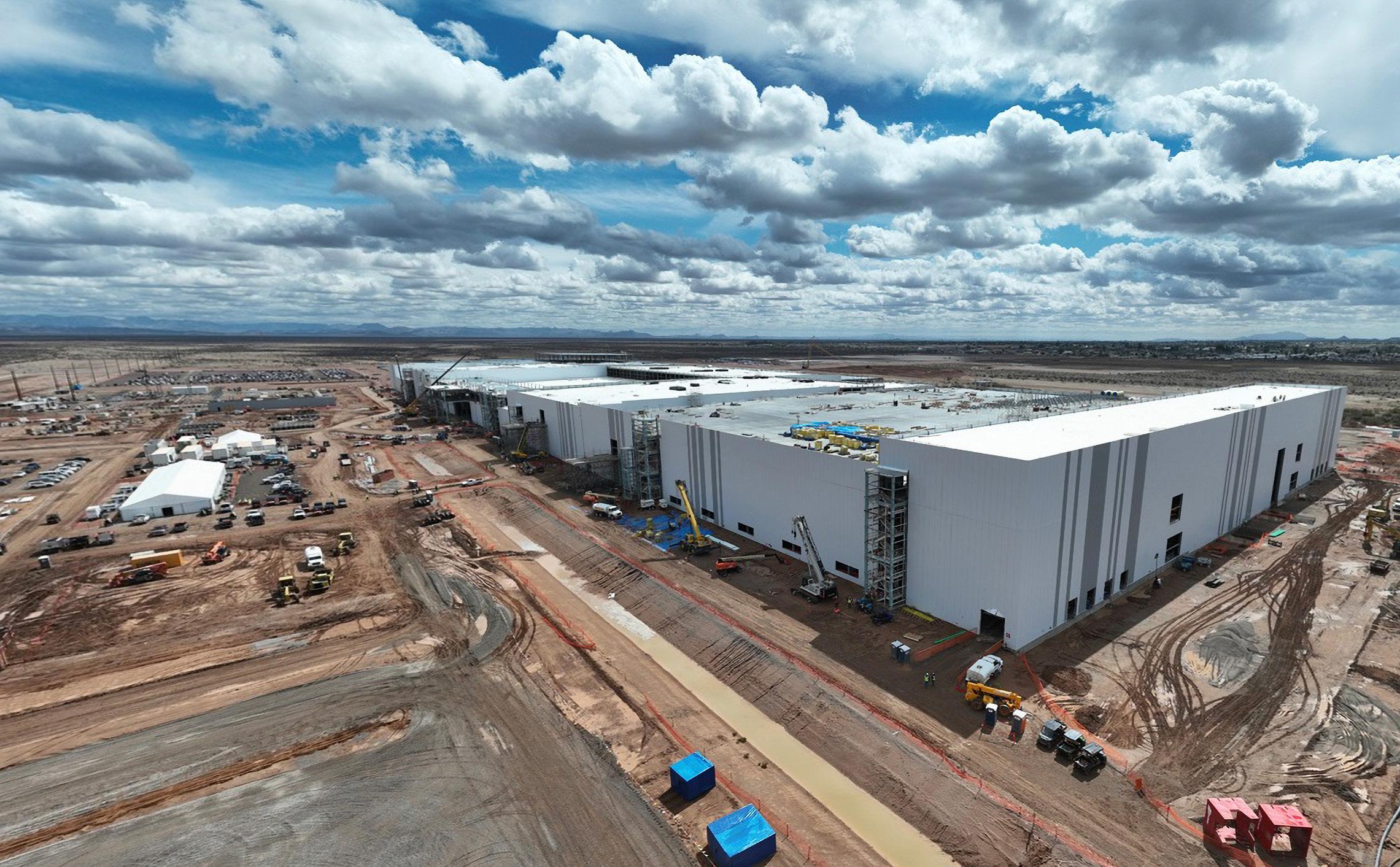








With a goal of starting commercial production by the end of 2026, LG Energy Solution’s first U.S.-based cylindrical battery factory in Queen Creek is expected to create 1,500 jobs. The company has also partnered with the Arizona Commerce Authority, Pinal County and Central Arizona College to establish a new Future48 Workforce Accelerator program. (Photo courtesy of LG Energy Solution.)


Copper country


















Near the northeastern edge of Pinal County, Superior — a town of around 2,500 residents deeply rooted in its mining heritage — is charting a course toward modern, diversified growth. Like many small Arizona communities, Superior once relied almost exclusively on mining to fuel its economy. Today, mining is still a driving force, but Superior’s also becoming a magnet for new investment and opportunity.




































“Superior has the Resolution Copper project, which, on its own, stands on some pretty strong merits of development for our community,” says Superior Mayor Mila Besich.










“That will allow us to expand our industrial park and finally own our municipal airport.”









Resolution Copper is projected to supply 25% of North America’s copper demand, a critical resource in renewable energy and electric vehicle production. While copper will be a cornerstone of the community, the town is also focusing on strategic land acquisition to build for the future.































“In the next year, we will be purchasing 546 acres of land from the federal government,” Besich explains.















Currently, Superior’s airport is a dirt strip with minimal operations, but the town envisions it as part of a future e-commerce and innovation district that will attract new investment.

















Superior’s ongoing transformation is visible now in its renewed focus on tourism and its emerging role as a home for small businesses and entrepreneurs. With the Boyce Thompson Arboretum drawing around 150,000 visitors a year, Superior’s downtown is increasingly bustling with shops, restaurants and cultural attractions.















Workforce powerhouse































Bordering the southern edge of the East Valley, the City of Maricopa is laying the groundwork for a booming future. While Maricopa’s residential growth has been impressive — boasting some of the most affordable housing in the region — the community is shifting its focus to strategic investments in infrastructure and strong partnerships that support its vision for sustainable development.













This blend of mining investment, strategic land planning, and tourism development is reshaping Superior into a resilient community that honors its legacy while welcoming new economic opportunities. With its unique blend of natural beauty, mineral wealth and small-town charm, Superior is set to become a model for rural communities navigating the challenges of change.































“We’re working very closely with ADOT and other agencies to improve the Highway 347 corridor, which is our main artery connecting Maricopa to the Phoenix metro area,” explains Christian Price, economic growth officer for the City of Maricopa. “When you have more people, you need additional infrastructure.”

























Beyond the highways, Maricopa has invested in expanding roadways and essential services to connect new residents and businesses to the support they need.










A key aspect to Maricopa’s future growth is the city’s dedication to





















INDUSTRIAL ADVISORS IN PINAL COUNTY




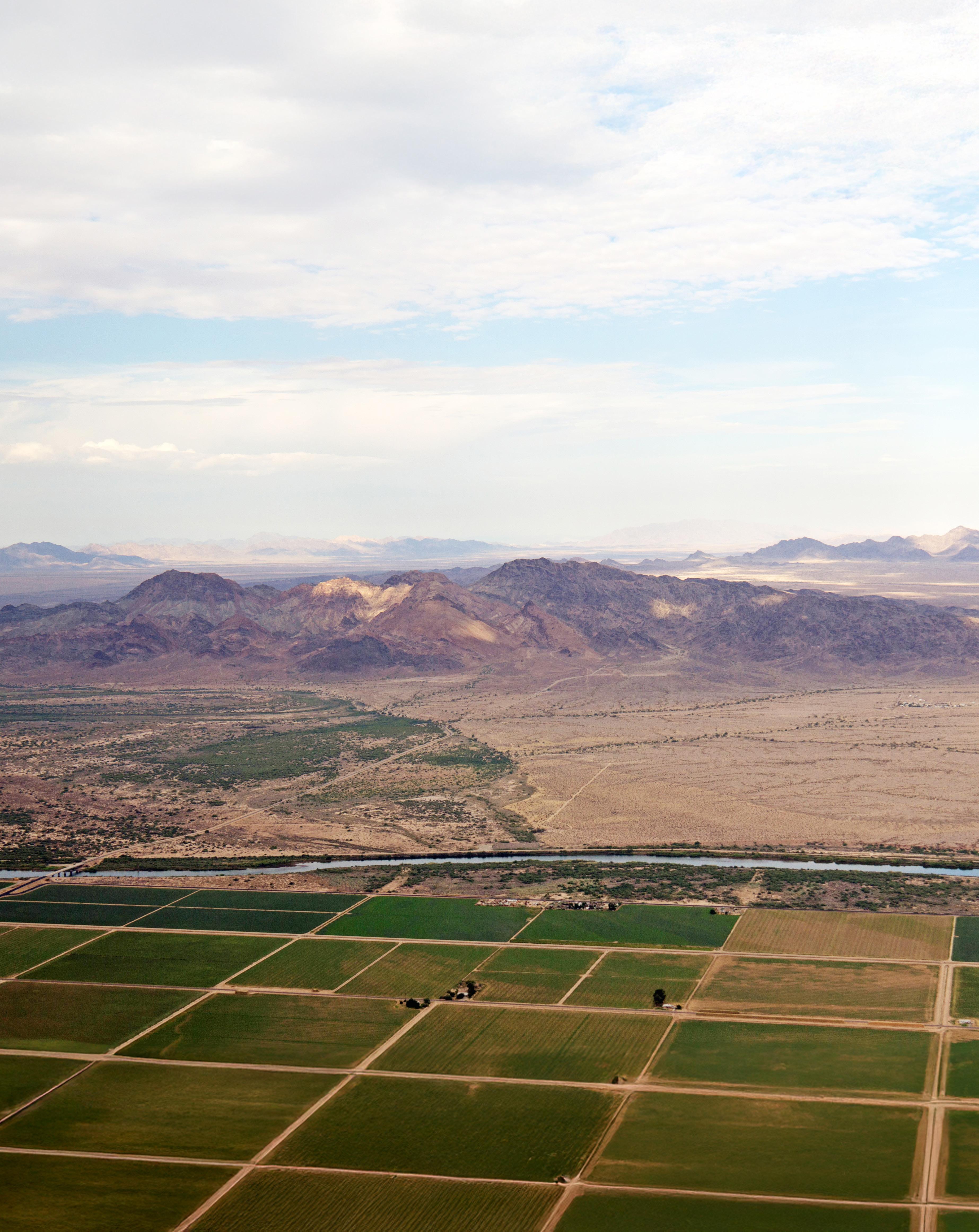
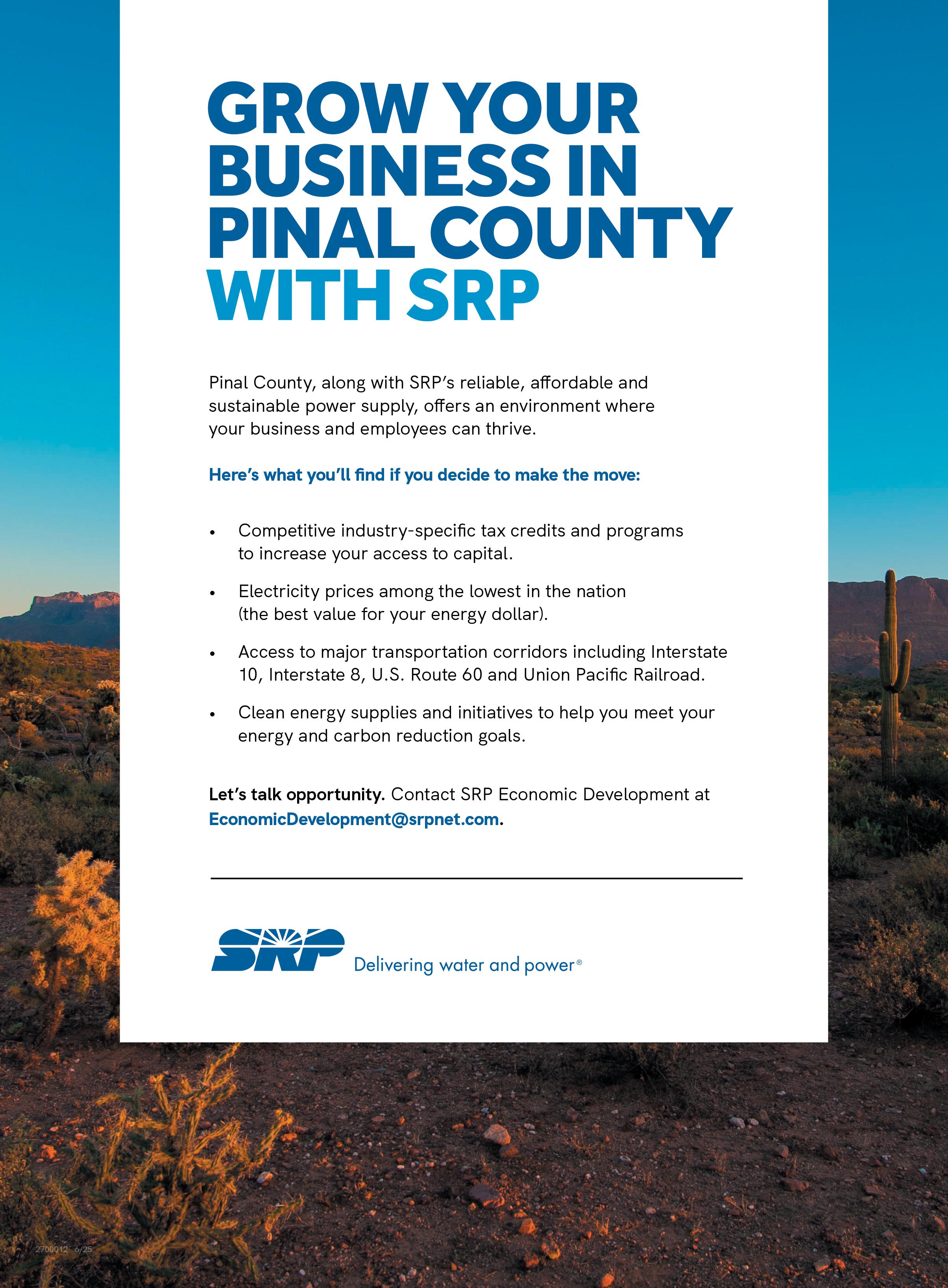
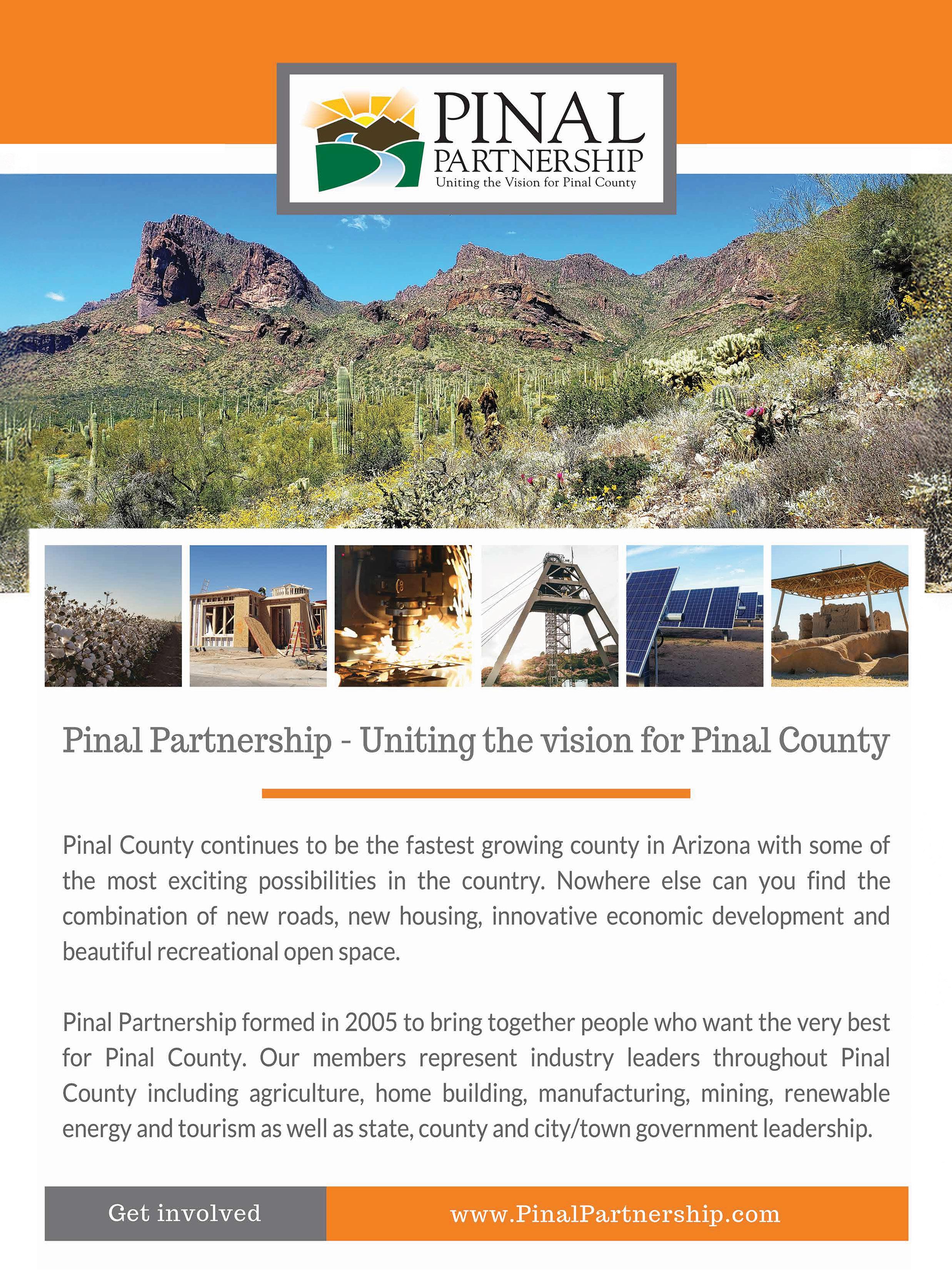
PINAL COUNTY DEVELOPMENT
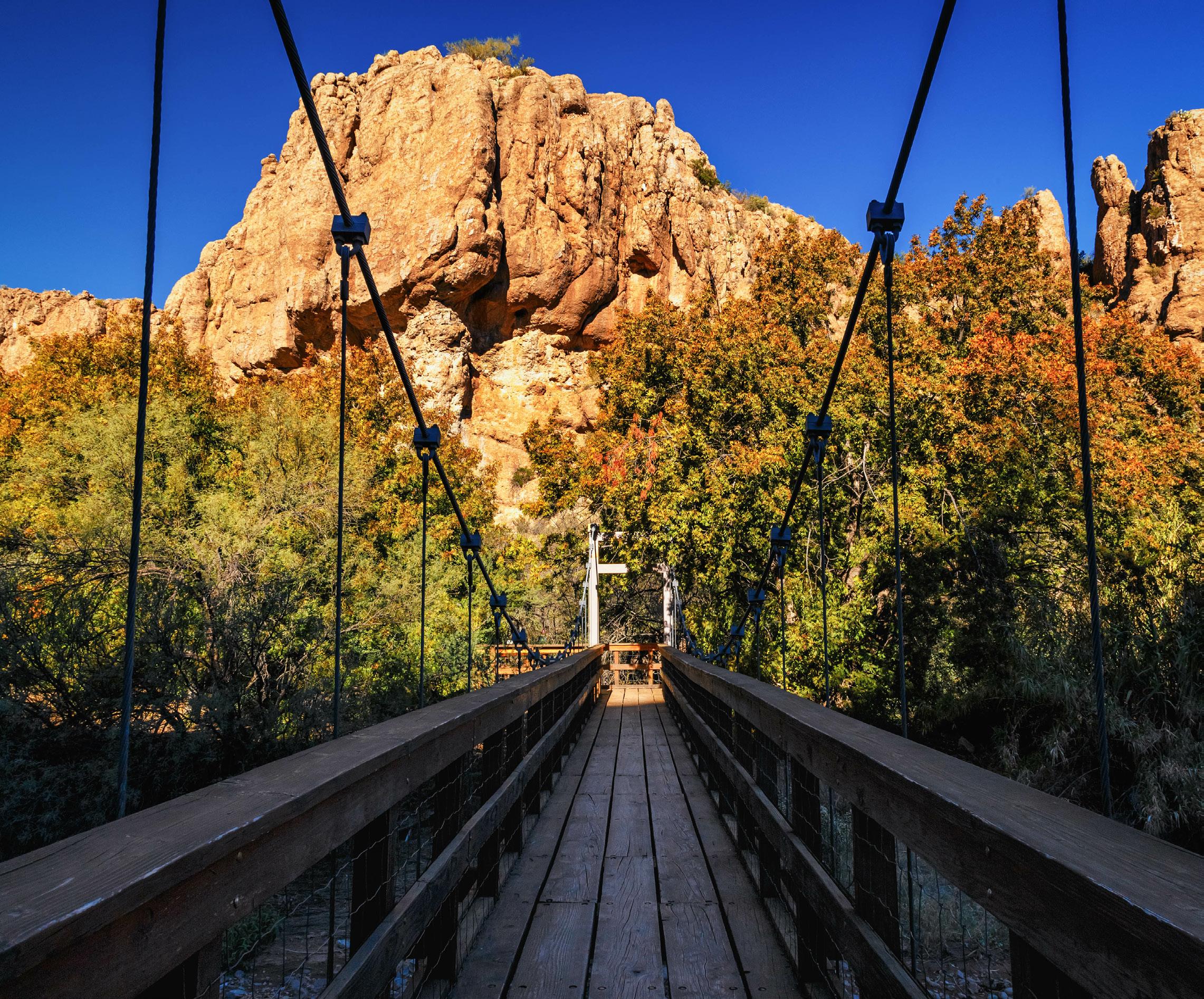
PINAL COUNTY PASTIMES
Good times abound for locals and tourists alike
By LUX BUTLER
Thanks to an influx of businesses and residents, Pinal County now plays a larger role than ever in Arizona’s economic story. Its prime location between Greater Phoenix and Tucson is an attractive feature for companies, but the region offers more than employment opportunities. From enjoying the desert’s natural beauty, going on a classic cowboy excursion or experiencing the thrill of skydiving, fun awaits in Pinal County.
“Pinal County is the hidden gem of the greater Phoenix metro area,” says Pinal County Economic Development
Coordinator Michelle Carpenter.
“Last year, we started a new Tourism Advisory Group, which includes all our local chambers of commerce, cities and travel destinations. We meet quarterly to discuss what the county’s strategy is and collaborate on new events.”
On the outskirts of the East Valley, Apache Junction is pushing to get their hidden gems on the map.
“We’re working hard to market our community,” says Bryant Powell, city manager of Apache Junction. “If you drive 10 minutes east of here, you’re at Lost Dutchman State Park, with only
20 minutes more to get to Canyon Lake. We’re trying to flip the narrative and say, ‘Hey, this is the launch-off area for fun!’”
Superior, one of Arizona’s more rural towns, is surrounded by the Ponderosa Pines of Tonto National Forest and home to Boyce Thompson Arboretum, which attracts about 150,000 visitors every year. Superior Mayor Mila Besich accredits the arboretum with the continued economic development growth in her town.
“Over the last 10 years, Superior underwent its own renaissance,” she continues. “In part because of
SUPERIOR VIEWS: The Boyce Thompson Arboretum attracts 150,000 visitors each year, which Superior Mayor Mila Besich says is a boon for local businesses. (Photo by Pritha_ EasyArts - stock.adobe.com)






No two contractors are alike… and you know when one is uniquely different. Our commitment to excellence guarantees delivery of quality, execution and results from concept to completion.
Experience the Difference.
WILLMENG.COM | AZ ROC B-01 082904 | AZ ROC A 323741

Stay healthy with just one tap.

• Explore more than 60 outdoor recreational opportunities
• Browse over 200 delicious, low-cost recipes
• Search countless free and low-cost events
• Participate in new activities and local community groups
• Find fresh produce at farmers markets
• All in an award-winning FREE app


PINAL COUNTY DEVELOPMENT
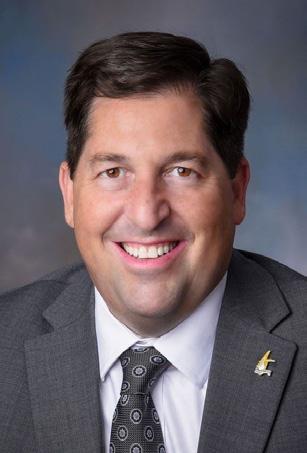

Apache Junction Rodeo Grounds
Home to Dutchman Days Rodeo the last weekend of February annually, Apache Junction Rodeo Grounds keeps the spirit of the classic Arizona cowboy alive. Visitors can catch thrilling events like steer wrestling, barrel racing and bull riding at the rodeo off east Lost Dutchman Blvd.
Renaissance Festival
The Renaissance Festival, open on Saturdays and Sundays from January 31 through March 29, 2026, is a medieval outdoor amusement park. Featuring a 16-stage theatre, a 50-acre circus, an arts and crafts fair, a Jousting Tournament and a feast, it is one of Apache Junction’s largest and most inclusive family-fun activities.

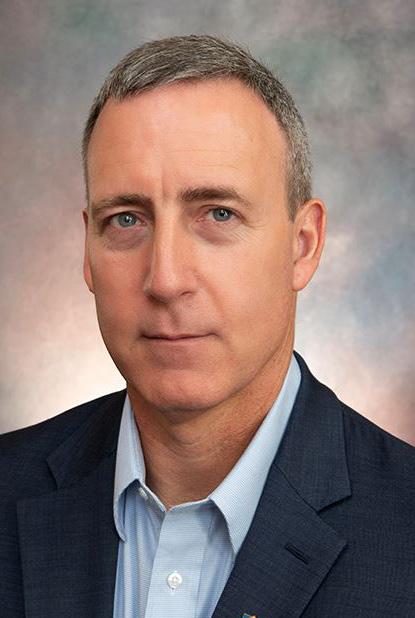
Country Thunder
Bringing in country’s hottest hits every year to Canyon Moon Ranch in Florence, Country Thunder music festival has been a cornerstone of Arizona’s music scene since 1996. In 2025, headliners included Riley Green, Keith Urban, and Hardy, and the Arizona festival welcomed its millionth fan.
Skydive Arizona
In Eloy, Skydive Arizona is one of the most popular skydive locations in the U.S. Thrill seekers can feel assured in Skydive Arizona’s professional operation, experienced instructors and scrupulous attention to safety protocols.
The Windmill Winery
Dreaming of a rustic, fair-light-in-ared-barn wedding aesthetic? Or maybe saying “I do” on the water? The Windmill Winery in Florence has both — and wine tasting. Serving locally produced wines, showcasing the best of Arizona viticulture and providing award winning wedding services, The Windmill Winery is a stop worth adding to the agenda.
our public-private partnership with Resolution Copper, but we’ve focused on our outdoor tourism and recreation. We’ve seen many smaller businesses get started here in Superior, and a lot of it is based on being home of the Boyce Thompson Arboretum. It’s a big tourism draw.”
One of the most ambitious developments in Pinal County is Dreamport Villages, a world-class entertainment resort planned for Casa Grande. Envisioned as a blend of theme park thrills and high-tech experiences, Dreamport Villages will feature an indoor water park, extreme sports
facilities, retail spaces and hotels across nearly 1,500 acres.
The project has been rumored to be a “Disneyland in the desert” and highly anticipated by the community since its announcement in 2017. Since then, there has been little noticeable progress, but all hope isn’t lost. Richard Wilkie, Casa Grande’s Economic Development Director, says there's still a chance it will come to fruition.
“We would love to see the project move forward and we stand ready to help the developers as soon as they’re ready,” Wilkie says. “Any community would
like to have this type of project in their community because of the financial benefits. It will attract millions of people a year who will eat, sleep and shop in our community.”
Across the county, leaders are intentionally building cities and towns where Arizonans can live, work and play. Those efforts also make it easier to welcome visitors looking to discover the best of rural Arizona, boosting local economies. A continued focus on the treasures in small towns like Superior will help to establish stronger communities for the future.
Bryant Powell
Michelle Carpenter Richard Wilkie
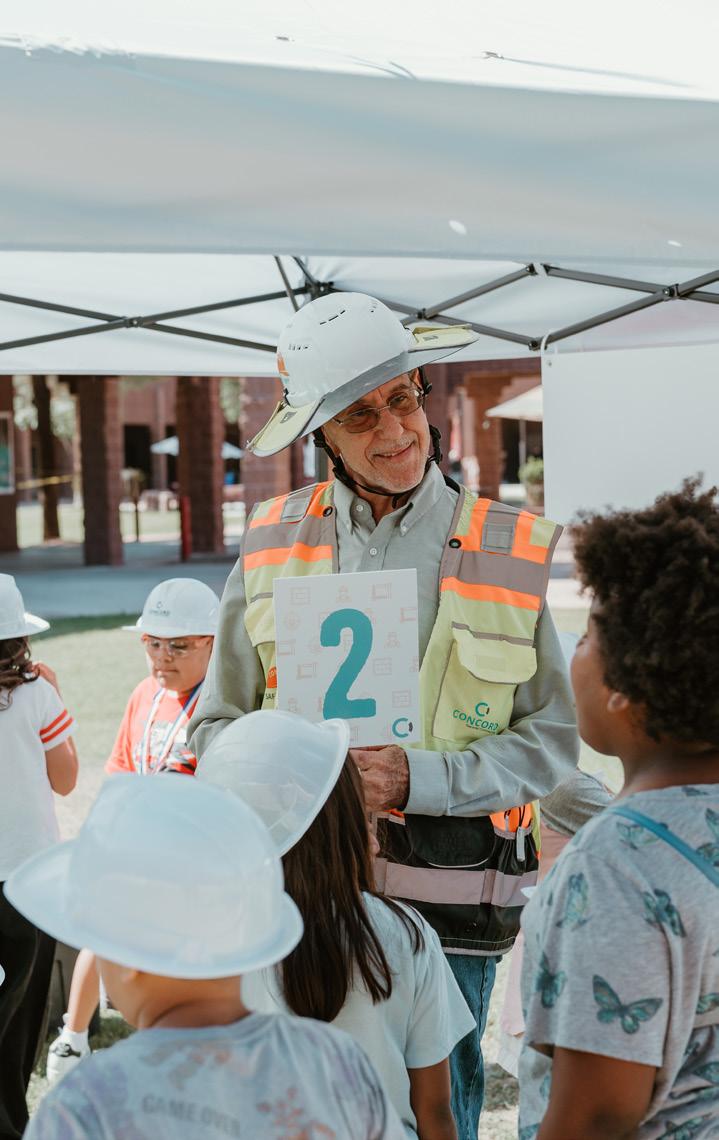
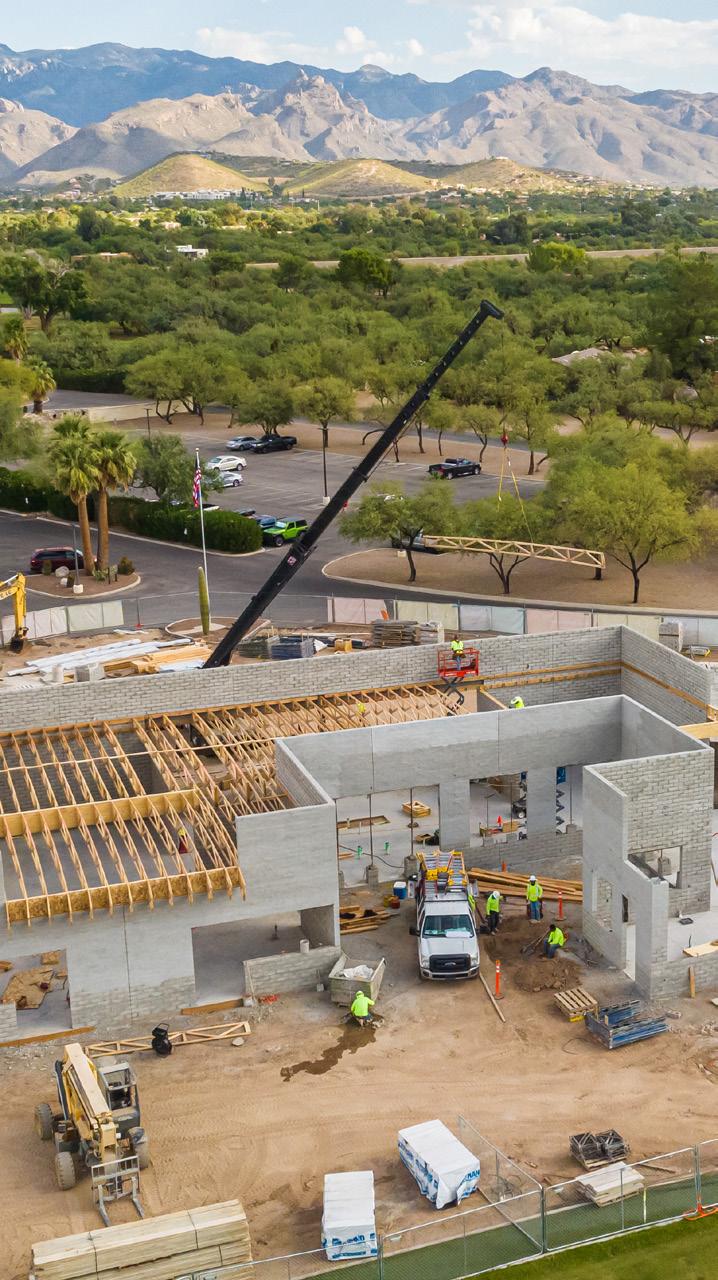

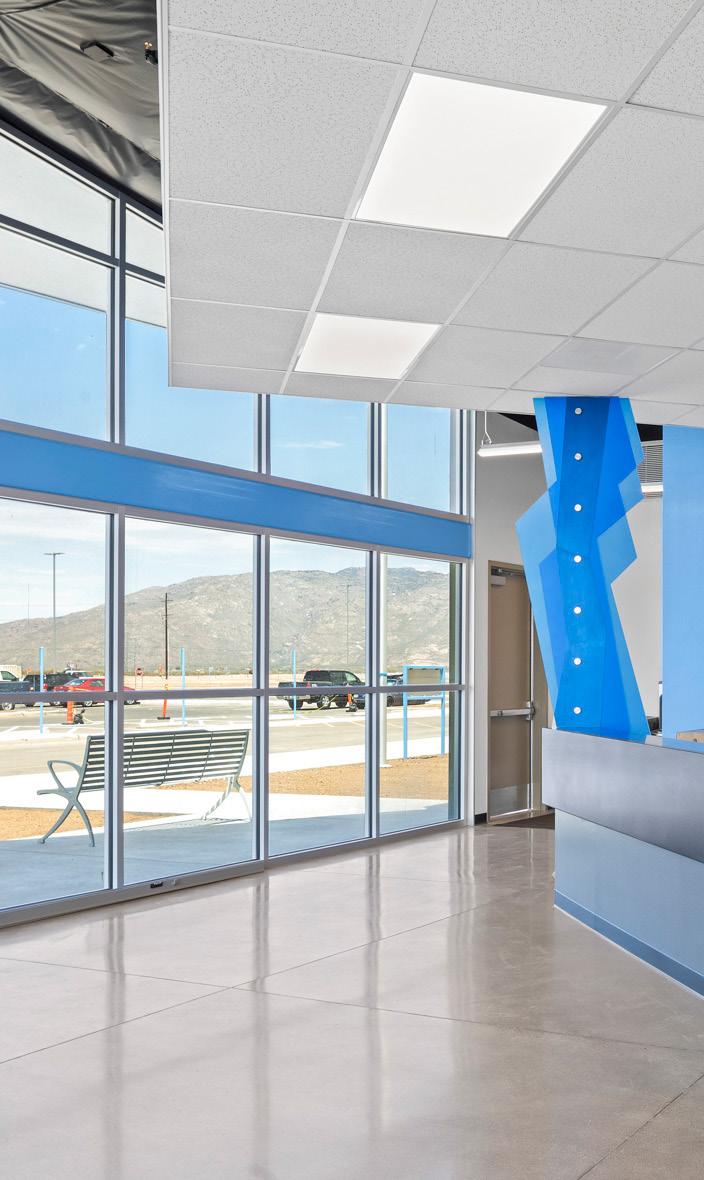
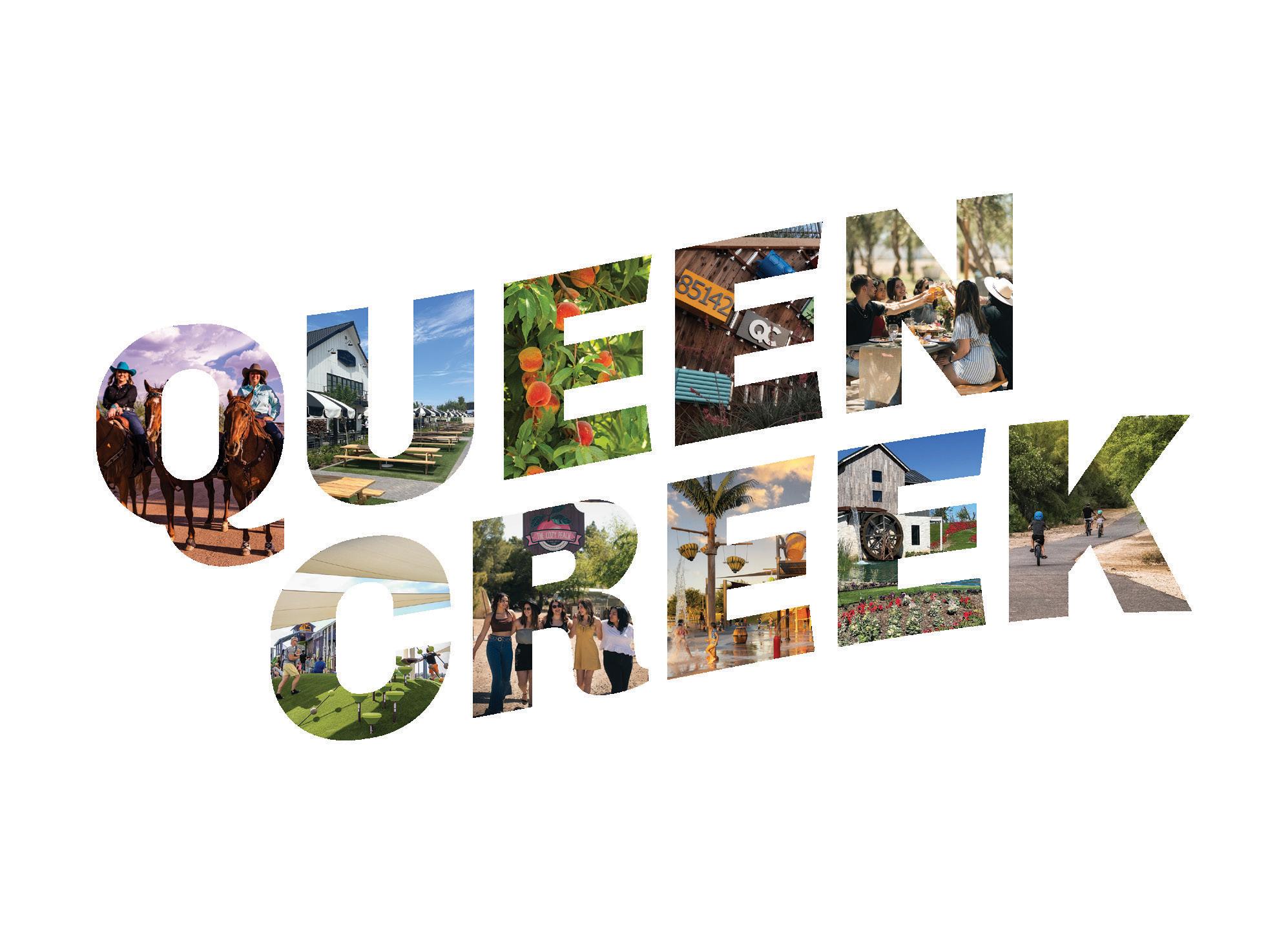
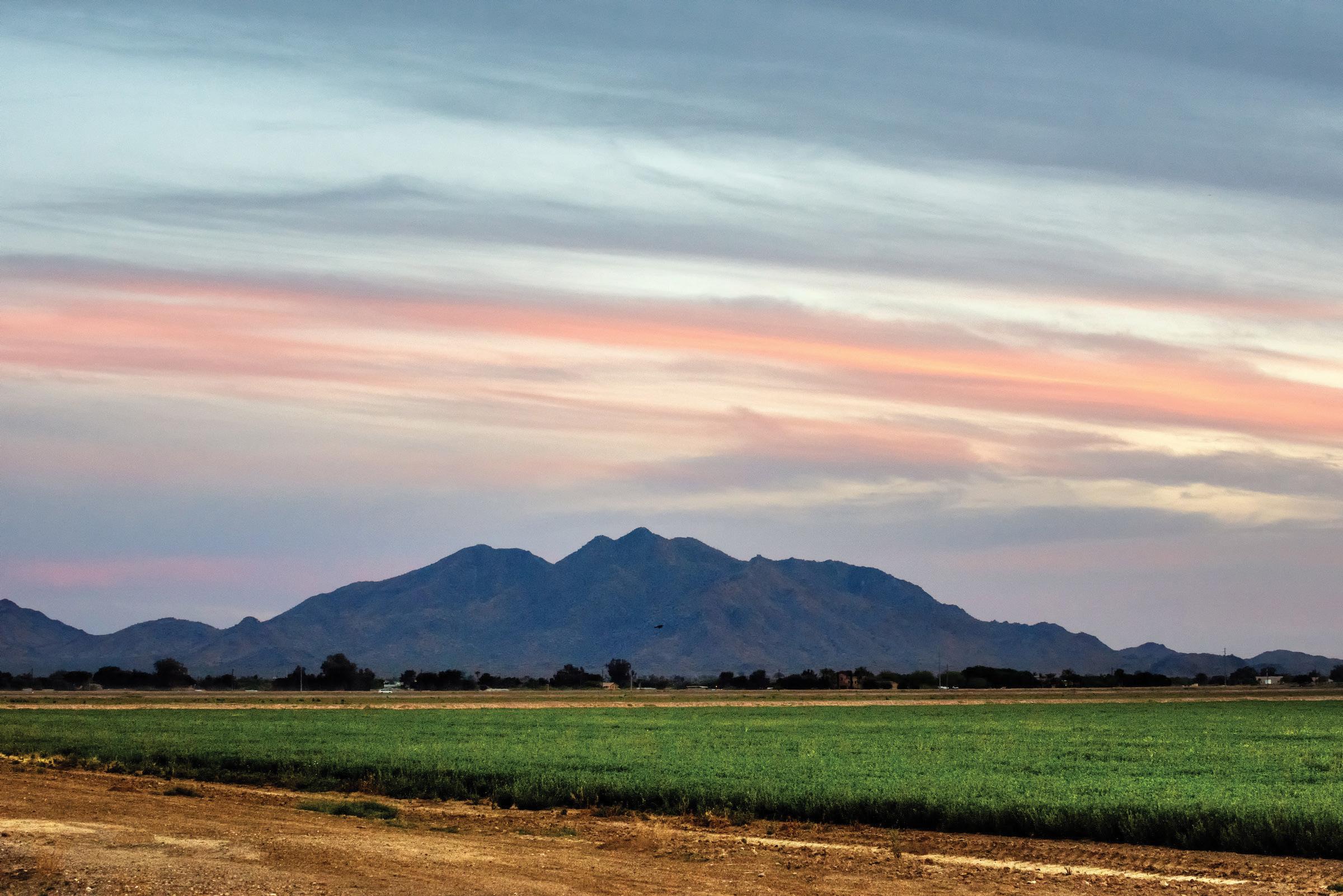

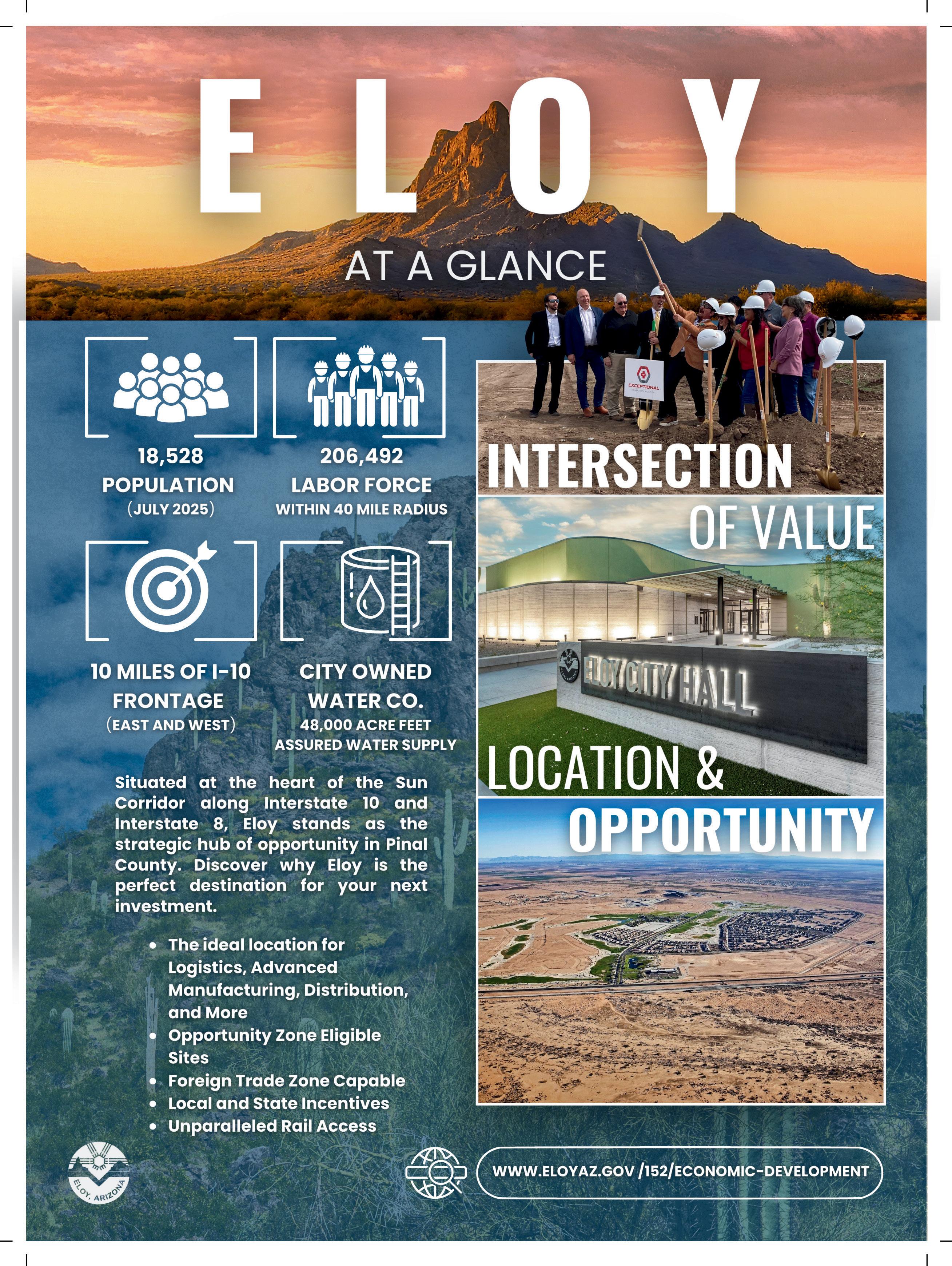
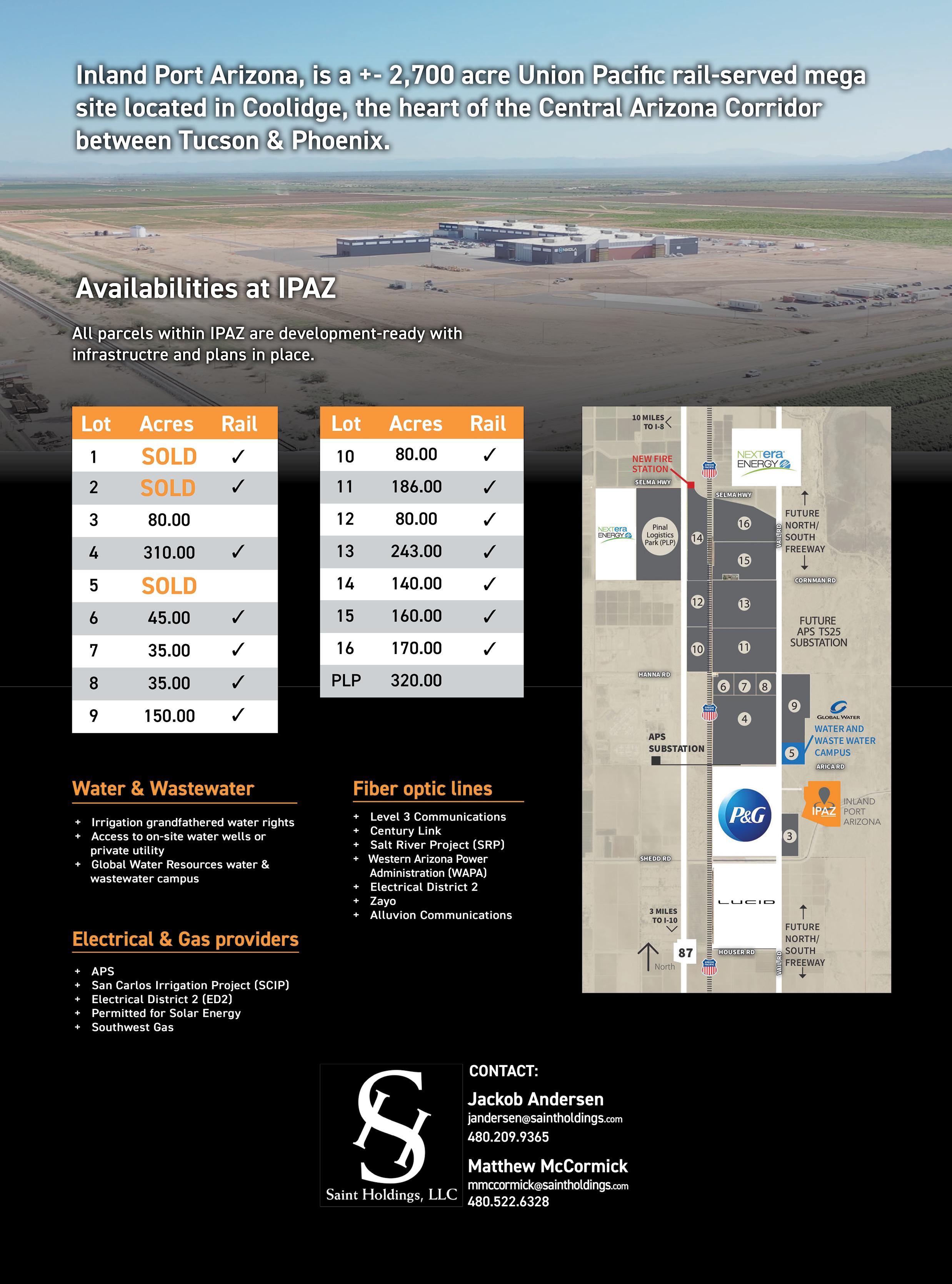
THE LAW OF THE RIVER
The Colorado River’s next chapter remains unwritten
By KYLE BACKER
From its headwaters in the Rocky Mountains until it runs dry in Mexico, the Colorado River has nourished those living in the region for thousands of years. That remains true to this day, with more than 80% of Arizona’s population receiving water from the river’s flow. But as supplies dwindle and a high stakes negotiation looms, the future of the Colorado River is murky.
Arizona, California, Colorado, Nevada, New Mexico, Utah, Wyoming and Mexico all receive an allotment from the Colorado River based on

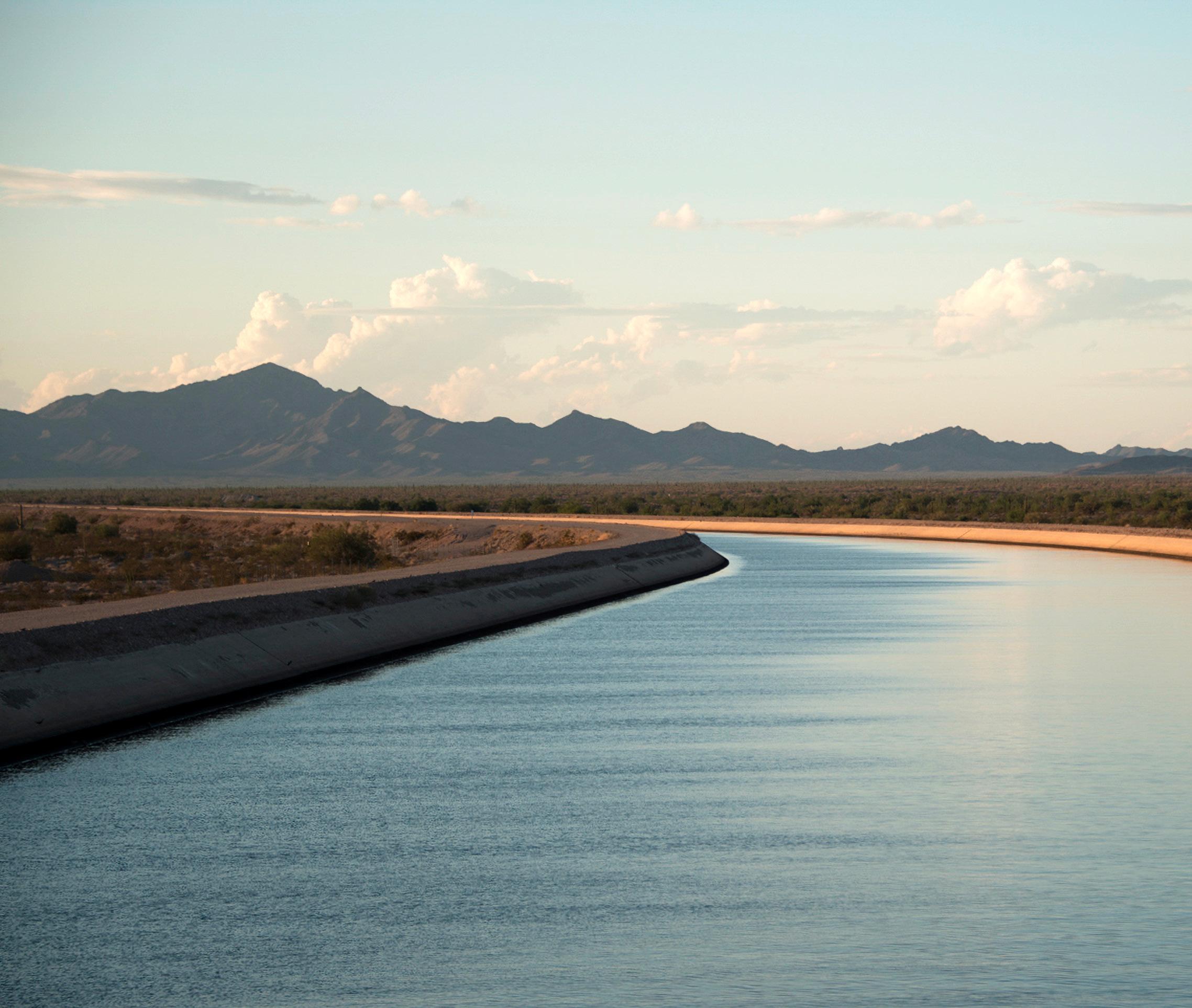
intricate legal arrangements. Today, the Grand Canyon State is granted 2.8 million acre-feet of water, 60% of which is managed by the Central Arizona Project (CAP). For context, Tempe Town Lake holds approximately 3,000 acre-feet of water.
Due to shortages, CAP’s 336-mile canal system is taking 512,000 acrefeet less water from its share, but the current framework governing how and when those reductions occur is set to expire at the end of next year.
“Thinking about what comes after 2026 is like traveling to a new planet.
There’s no certainty of what may happen,” explains Vineetha Kartha, Colorado River programs manager for CAP. “Right now, there are rules. If we’re in a tier one shortage, I know how much my operations need to be reduced. In 2027, I have no idea what I’d do because nothing is in place yet.”
The U.S. Department of Interior has not yet shared what actions it would take if a new agreement isn’t in place before the deadline, adding to the confusion. But there is no doubt that Colorado River supplies are scarce — measurements of Lake Mead

ENGINEERING MARVEL:
Central Arizona Project manages a 336-mile canal system that brings Colorado River water to Central and Southern Arizona, accounting for 36% of the state’s water supplies. (Photo courtesy of Central Arizona Project.)

and Lake Powell record them both at approximately 30% capacity.
Kartha notes that describing the current conditions as a drought is inaccurate since it implies a temporary problem. Instead, she explains that the region is experiencing aridification in response to warming temperatures, meaning a hotter and drier climate is expected to persist. Given that the supply outlook is so bleak, an already tricky negotiation between multiple government bodies becomes even more complex.
“If reservoirs were 92% [full] like they were back in 2000, I wouldn’t be
that worried,” Kartha says. “But we are experiencing aridification, so reductions cannot be borne by one state or entity. They have to be shared.”
Downstream effects
Even though concerns over the Colorado River grab headlines today, debates over its natural bounty are not new. A century ago, the Colorado River Compact of 1922 divided region into the Upper Basin — consisting of Colorado, New Mexico, Utah and Wyoming — and the Lower Basin, comprised of Arizona, California and Nevada.
Six years later, the Boulder Canyon Project Act of 1928 authorized the construction of Hoover Dam and the creation of Lake Mead. This legislation also apportioned 7.5 million acre-feet of water to the Lower Basin states, with California receiving the largest share.
“Arizona got 2.8 million acre-feet, but could only use about 1 million of that,” explains Rob Anderson, director of natural resources for Fennemore.
“The dream was to move the bulk of that water to Central Arizona. There were concerns that since California was using more than the 4.4 million acre-feet it was given, Arizona would simply lose its allocation.”
The Colorado River Basin Storage Act of 1968 helped realize this dream, establishing CAP and authorizing the construction of the canal system. But getting political backing for the project came at a price.
“To get the California delegation on board, we had to agree to make CAP the junior water user on the river,” Anderson says. “That means that shortages on the Colorado
River falls disproportionately on CAP.”
When water supplies were originally split up between the states, Anderson notes that the measurements were not as precise as they are today. The assumption was made that 16.4 million acre-feet would be reliably available.
“The historic flows of the Colorado River haven’t met that since 1928, and they’ve been declining,” he continues.
As it became clear that shortfalls were imminent, Kartha says new regulations were put into place regarding the operations of Lake Mead and Lake Powell.
“The first four years [of the 2000s] were the driest years we had ever seen, one after the other,” she continues.
“We realized there needed to be actions taken to ensure the health of these two reservoirs.”
The 2007 Interim Guidelines set rules regarding when water users would take cuts. If, for example, Lake Mead falls below 1,075 feet, Kartha says Arizona, Nevada and the Republic of Mexico all take reductions.
“That made some impact, but 2012 was another really dry year,” she continues. “We realized even more needed to be done than was laid out in the in the 2007 Interim Guidelines, so we made an agreement with the two other Lower Basin states called the System Conservation Pilot Program to keep the reservoirs from reaching critical elevation.”
But around 2015, aridification of the region was becoming more evident, leading to the creation of the Drought Contingency Plan. Kartha says working with the federal government and
PINAL COUNTY DEVELOPMENT

all seven states was critical to its formation.
“With the Drought Contingency Plan, collaboration within Arizona became even more important,” she continues. “We had partnerships from the tribes on river, who hold some of the highest water rights in the system, as well as the Gila River Indian Community in Central Arizona. They agreed to reduce their demand by 50,000 acre-feet every year for three years to prop up Lake Mead, which helps a lot.”
Even though actions have been taken to blunt the effects of aridification, Kartha says that all who benefit from the Colorado River must be prepared for a future with dwindling supplies. That said, there is reason for hope — she points to Arizona’s long history of successful water policy, such as storing this invaluable resource for a not-so rainy day and building water recycling facilities.
“We’re also working with California to treat water that is currently being released into the ocean and instead deliver it to communities in Southern California, which could free up about 170,000 acre-feet of supplies,” Kartha concludes. “While there is uncertainty about 2027, lots of work has been done over the past two decades to ensure everyone will continue to get water.”

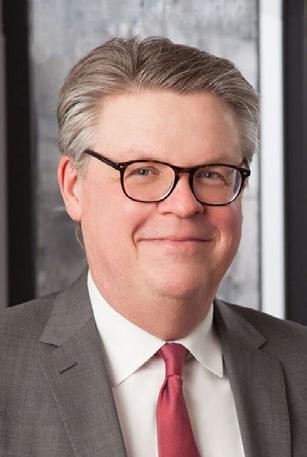
5 FAST WATER FACTS
Arizona receives 2.8 million acre-feet of Colorado River water
CAP manages 1.7 million acre-feet of Arizona’s allocation
Currently, CAP is taking a 512,000 acre-foot reduction
54% of CAP’s water is delivered to municipalities, 46% goes to tribal entities
The Colorado River accounts for 36% of Arizona’s total water supply
Vineetha Kartha Rob Anderson
Tourism Office
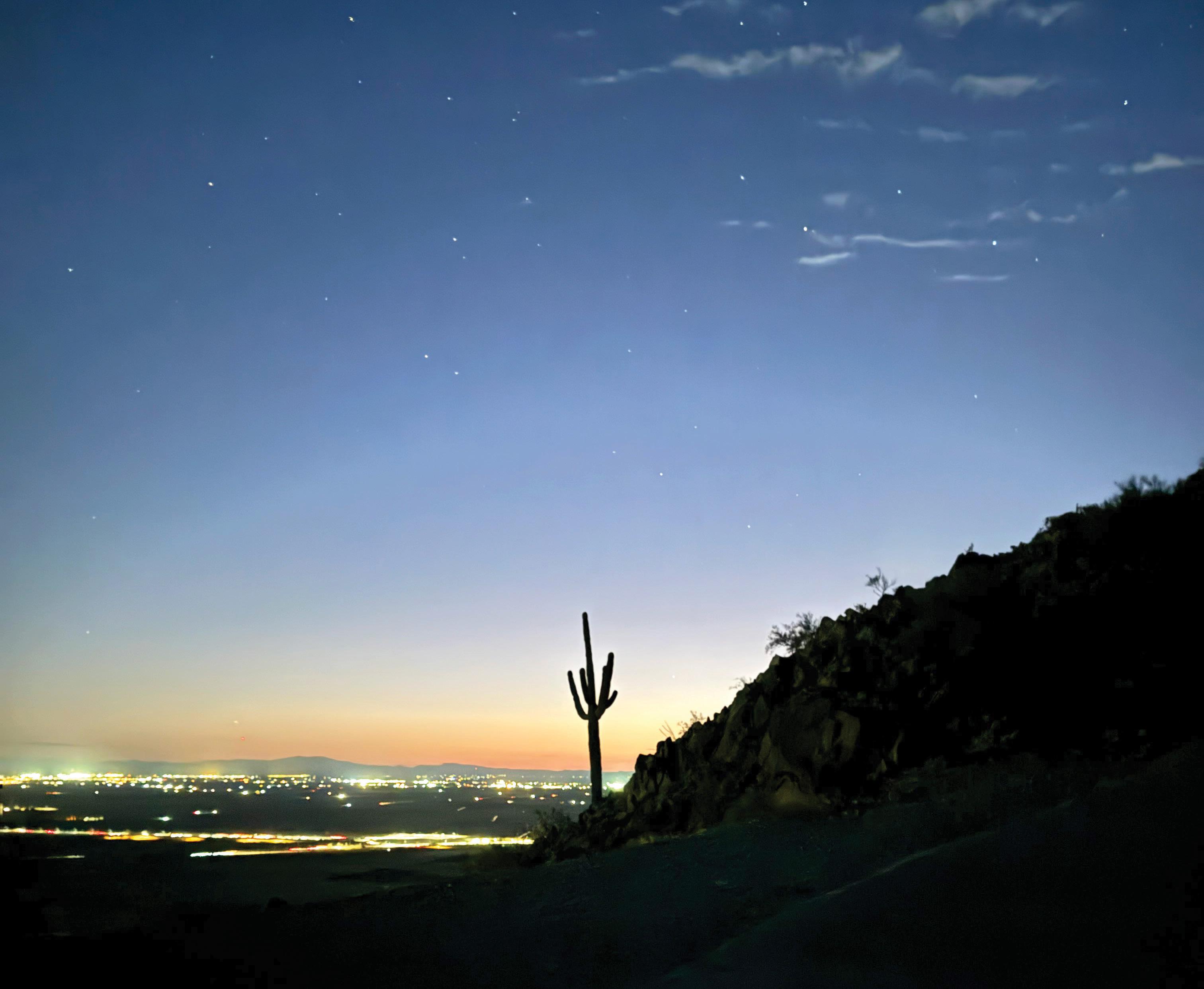



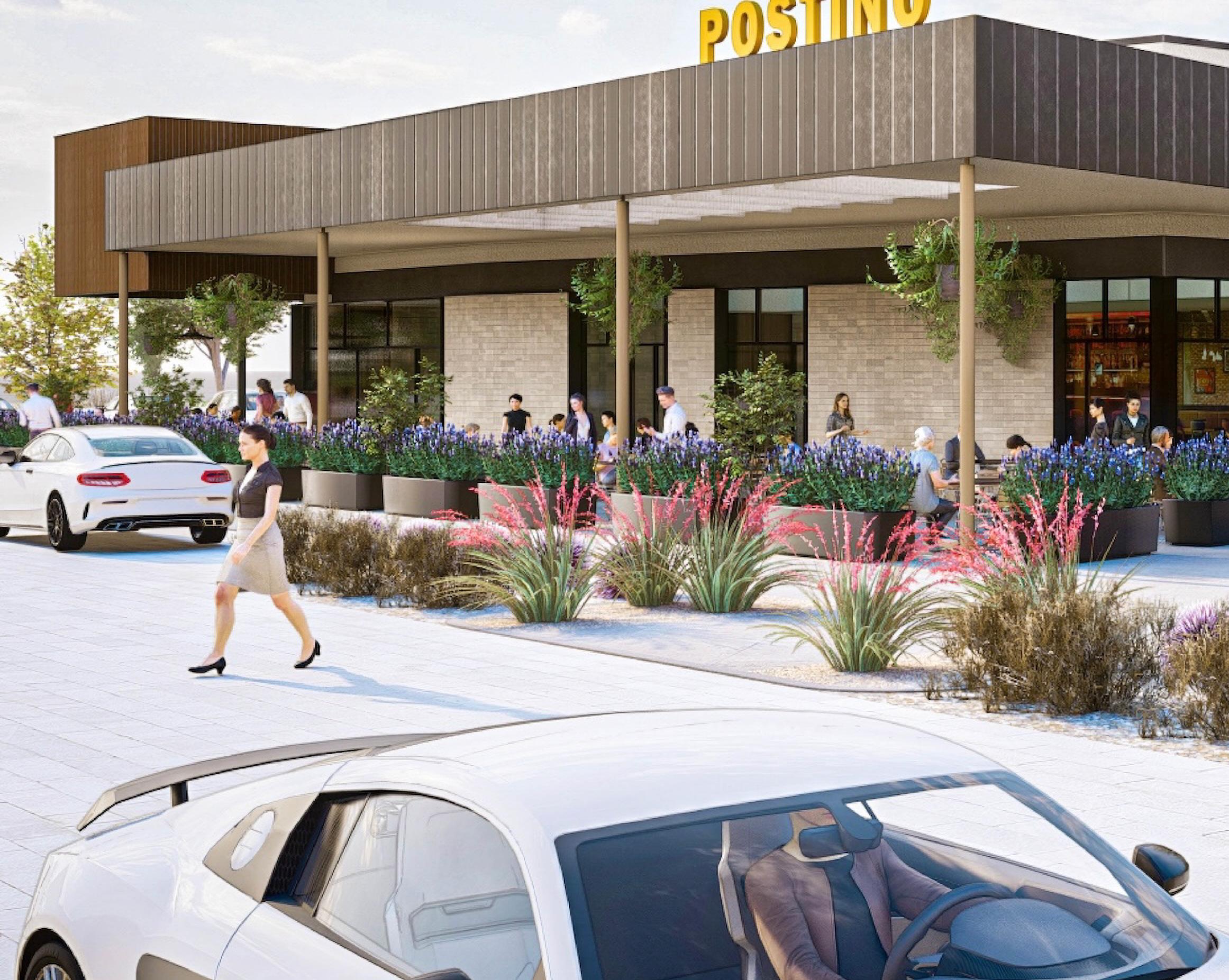
RESHAPING PINAL COUNTY
Here are the projects helping the Phoenix–Tucson corridor evolve into a high-value industrial and innovation engine
By LUX BUTLER
Pinal County is focusing on its future, adding massive industrial campuses, transformative downtown developments and opportunity for residents from across the county. The region is drawing national and international investment in sectors like advanced manufacturing, clean energy, semiconductors and logistics.
From a new walkable district in Queen Creek to a decades-long copper project in Superior, these 10 developments represent the momentum building in one of Arizona’s fastest-growing counties. Here’s a look at Pinal’s top 10 projects driving economic growth, job creation and community transformation across the region.
Residential and mixed-use development
Blossom Rock at Superstition Vistas: Superstition Vistas is a new master planned community in Apache Junction. The community, split in two, Blossom Rock and Radiance, will be made up of approximately 11,000 homes in the next 10 years.
Brookfield Residential and their development partners promise the Blossom Rock community will feature new home designs, neighborhood parks within easy reach of most homes, a community school and miles of trails with mountain views and activities.
The Switchyard: In May 2025, The Switchyard officially broke ground in

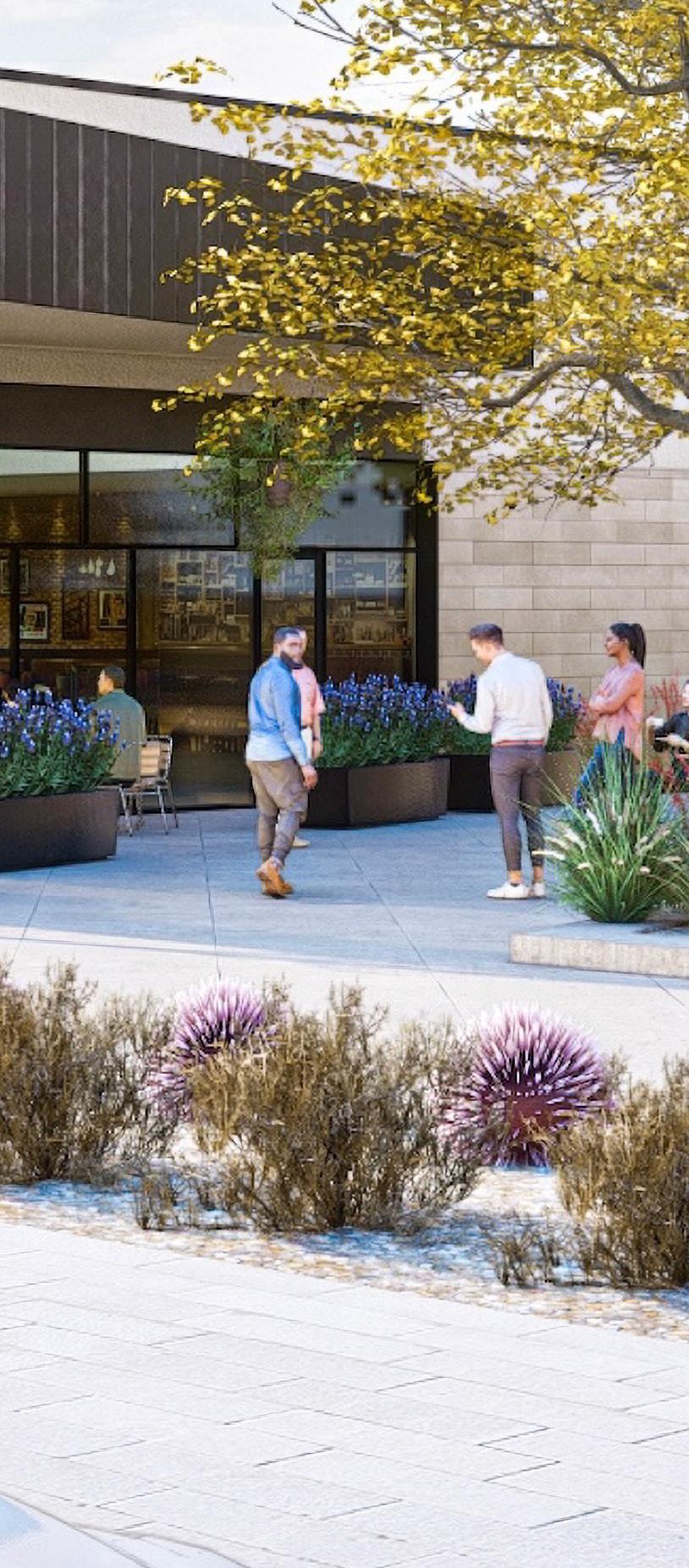
DINING DESTINATION: Creation, in partnership with Horizon Real Estate Ltd., broke ground in May on The Switchyard, a $120 million mixed-use project poised to become Queen Creek’s first walkable, design-driven district, uniting sought-after restaurants, retail, offices and future residential. (Rendering provided by Creation)
is surrounded by federal land and the town has long struggled to find space to grow. This acquisition would open room to expand a mile west and a mile south, with future plans centered on affordable housing, business development and airport expansion. The deal is possible thanks to a 2015 federal law allowing specific land sales to the town. Mayor Mila Besich predicts the purchase will be final within the next 12 months.
Advanced manufacturing and industrial LG Energy Solution advanced manufacturing facility: LG Energy Solution is bringing a multi-billion dollar battery manufacturing complex to Queen Creek. Phase one, now under construction, is expected to begin production in 2025 and is the largest single investment of this kind in North America. The facility promises to bring thousands of jobs to the area. While phase two is currently paused, Queen Creek and Pinal County continue to support infrastructure improvements tied to the project.
Logistics and infrastructure
NRS Logios America chemical logistic park: In May, 2025, NRS Logios America officially opened its Chemical Logistic Park, the company’s first logistics hub in the U.S., in Casa Grande. The $90 million facility, located on 40 acres at Ethington and Illinois roads, will support the growing semiconductor and battery sectors with a chemical warehouse, gas pad, ISO container yard and tank maintenance site. Future expansion includes rail infrastructure and cold storage, with 100 jobs expected at full buildout.
Waste Management hauling and transfer station: Waste Management celebrated the grand opening of its new $19 million hauling and transfer station in Casa Grande in May. Located on 21 acres in the city’s west-side industrial area, the state-of-the-art facility will process up to 90,000 tons of waste annually and create 30 new jobs. WM plans to expand the site with compressed natural gas fueling stations and a CNG fleet.
Technology and energy
Queen Creek. The $120 million mixeduse project, developed by Creation and Horizon Real Estate Ltd., will become the town’s first walkable district. It will feature restaurants, retail, offices and future residential across 10 acres. Postino, Shake Shack, and Snooze are among the first tenants announced. Located at Ellsworth and Ocotillo, the project’s first phase is expected to open in mid-2026, bringing Queen Creek one step closer to a community-based downtown. Purchase of Tonto National Forest land — 546-acre expansion to Superior: In an effort years in the making, Superior is preparing to purchase 546 acres of Tonto National Forest land. Due to its location in the Superstition Mountains, Superior
FrameTec manufacturing plant: In June 2024, FrameTec’s plans to build a large manufacturing facility in Casa Grande cleared a big hurdle by receiving Planning & Zoning Commission approval. The $150 million expansion will bring two buildings totaling 254,000 square feet to a 30-acre site at Thornton Road and Ash Avenue. Construction is expected to begin in early fall, with the first building operational by early 2026 and full buildout by 2027. Once complete, the facility will employ over 400 people and expand the Camp Verdebased company’s reach across Arizona’s growing construction market.
Chang Chun semiconductor facility: Chang Chun Arizona’s new chemical manufacturing facility in Casa Grande is forecasted to become a key supplier for the growing semiconductor sector across Arizona and the U.S. Phase 1 of the plant is expected to be completed in 2025 and is expected to bring hundreds of jobs and strengthen supply chains for companies like TSMC. Located within the city’s industrial corridor, the facility will produce critical electronic-grade materials for chip fabrication.
Resolution Copper: The Resolution Copper project near Superior is one step closer to becoming the largest copper mine in North America. On April 17, 2025, the U.S. Forest Service issued a 60-day notice of its intent to republish the Final Environmental Impact Statement, a key milestone in the federal permitting process. Once approved, the project is expected to produce 40 billion pounds of copper over 40 years intended to support the clean energy economy. Located 5,000 to 7,000 feet below ground, the mine would reuse the historic Magma Mine site and bring billions in investment and new jobs to the region.
Ryan Companies data center development: In Eloy, Ryan Companies has shifted gears from a massive industrial park to a data center campus. Now called Southwest Crossing Data Park, the project will feature three buildings totaling over 855,000 square feet with a planned 400-megawatt capacity. Located on 122 acres near Houser and Estrella roads, the site was originally slated for nearly 2 million square feet of industrial space. With water-conserving cooling systems and an expected $687.5 million in construction costs, the project marks Pinal County’s first major data center.
